Politics
As Biden Reverses Trump Immigration Policies, Foreign Artists Breathe a Sigh of Relief. But Many Hope for Better Than ‘Back to Normal’
“The Democrats’ relationship with immigration is not so great either,” points out artist Pablo Helguera.
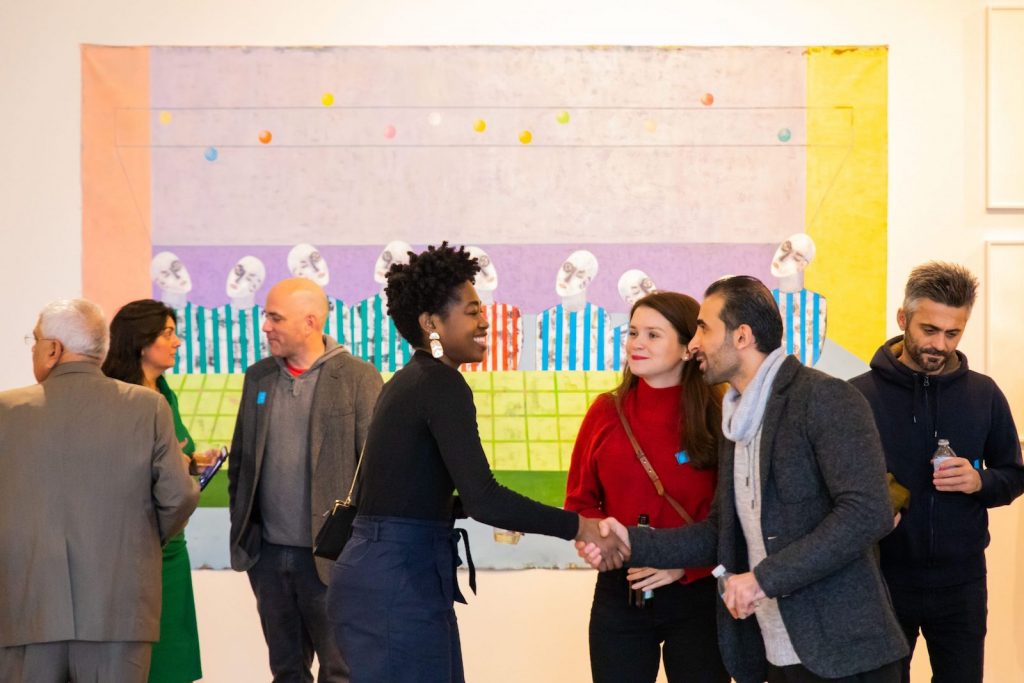
“The Democrats’ relationship with immigration is not so great either,” points out artist Pablo Helguera.

Brian Boucher

Many culture workers in the U.S., typically avid believers in international cultural exchange, are heaving a sigh of relief at the election of Joe Biden, a far more liberal-minded president than his Republican predecessor. No more travel bans! A reunion with global organizations! An end to slow-rolled visa application processes!
Artists, immigration lawyers, and administrators at art schools and museums look forward to a return to relative normalcy. But even many of them say that the past four years were incredibly bruising, the previous normal still left much to be desired, and they hope the new president will go further than his party has in the past in liberalizing international cultural exchange.
Even the largest and most powerful arts institutions in America found themselves deeply affected by Trump’s policies. “The Muslim ban was devastating,” said Quincy Houghton, deputy director of exhibitions at New York’s Metropolitan Museum of Art. “In addition to this demonization of ‘the other,’ we couldn’t welcome essential colleagues from a number of countries, and visas in general became really challenging.”
Institutions not sitting on multibillion-dollar endowments faced a more existential threat, especially during the past year.
“We weren’t 100 percent sure we were going to survive this past year,” said Susan Hapgood, executive director of New York’s International Studio and Curatorial Program. “The combination of COVID-19 and immigration policies was extremely challenging. Relationships with foreign sponsors, many of which are the cultural departments of their governments, are critical to ISCP’s survival. When Biden was elected, we got messages of relief from all corners of the world.”
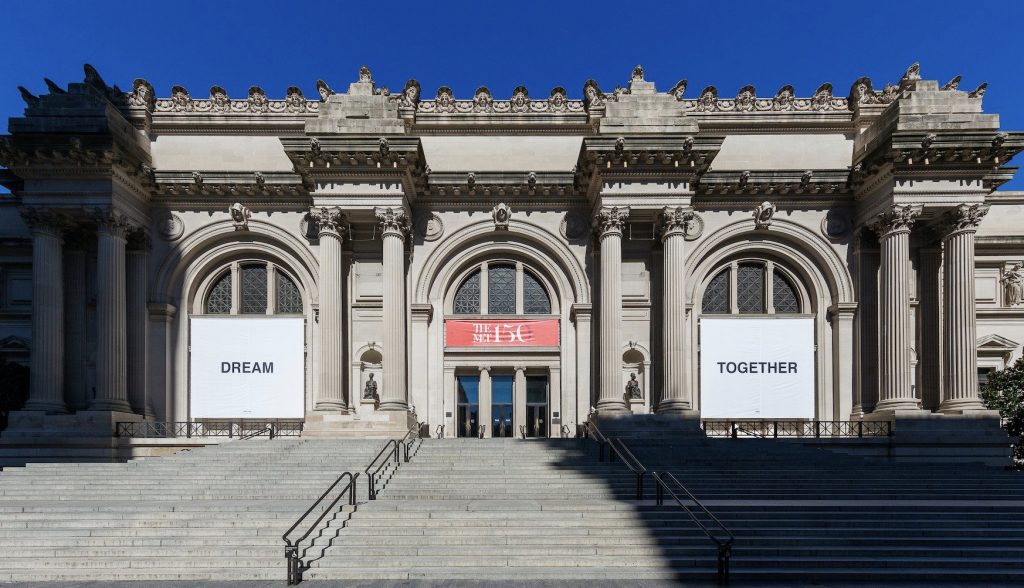
Yoko Ono’s DREAM TOGETHER (2020). at the Metropolitan Museum of Art. Photo: Anna-Marie Kellen.
Biden had a busy Inauguration Day, overturning his predecessor’s travel bans, reinstating the Deferred Action for Childhood Arrivals (DACA) program for young immigrants to the U.S., and halting construction on Trump’s signature project, the wall with Mexico. Soon after, he sent legislation to Congress seeking a path to citizenship for 11 million undocumented immigrants and ordered a task force to reunite families separated at the border, among other polices. (His changes even extend to the level of language: “illegal alien” is out at the Department of Homeland Security, and “noncitizen” is in.)
Now that the bans are reversed, immigration lawyers who work with artists, including Ashley Tucker, director of programs at the Artistic Freedom Initiative in New York, will turn their attention to applications for visas and refugee status by artists who were on their radar but stood no chance during the last four years.
The organization, which works with artists who have faced persecution or censorship in their home countries and are seeking asylum or artist visas in the US, is preparing a series of policy recommendations for the Biden administration that would promote freedom of artistic expression. They include creating grants for non-citizen artists, providing pandemic relief to culture workers, allowing artists in the U.S. on extraordinary ability visas to be gainfully employed through work outside the arts, and rescinding the so-called “public charge” rule, so that non-citizen artists can avail themselves of public benefits.
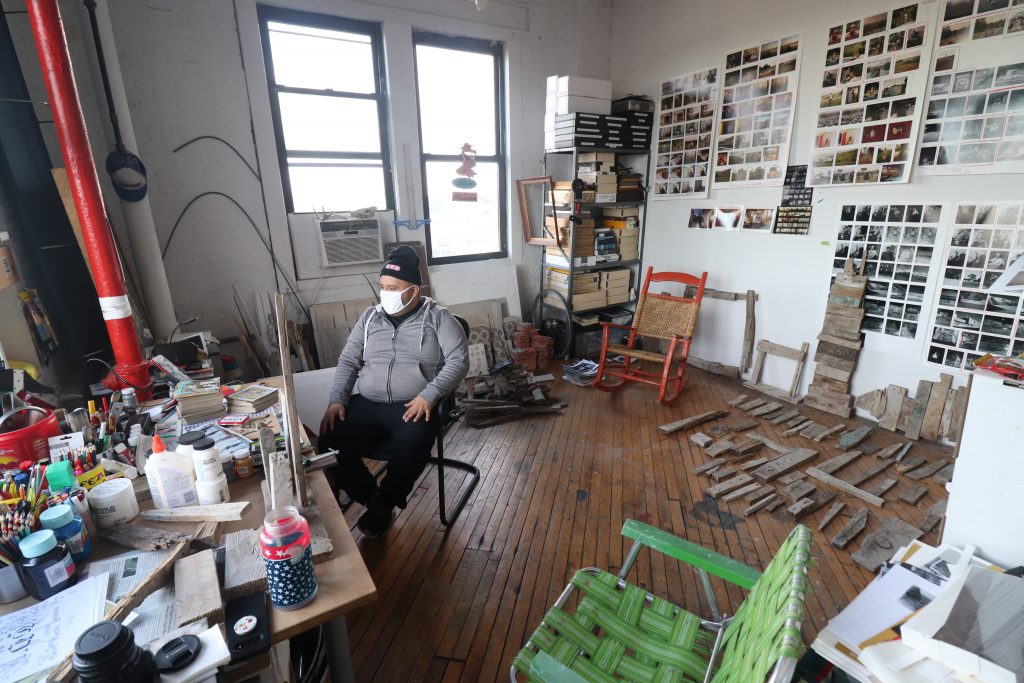
Daniel Ramos, artist in residence, in his studio at the International Studio and Curatorial Program, in Brooklyn. Photo Andrew Kim, courtesy ISCP.
Returning to traditional policies put in place by Democrats, say those whose work focuses on international exchange, won’t be enough.
“The Democrats’ relationship with immigration is not so great either,” points out Mexican-American artist Pablo Helguera, whose work often deals with such issues. “Immigration activists referred to Obama as the ‘Deporter in Chief,’ and even one of the most liberal Democrats, Bernie Sanders, voted against immigration reform in 2007. There’s not a lot of political will to solve the problem, because the political costs are too high.”
Trump was only the latest president to pursue strict border measures, points out Michael Krichman, executive director at Insite, a nonprofit that has organized recurring exhibitions in the public sphere, mostly at the Tijuana-San Diego border, since 1992. (One of the most memorable events was Javier Téllez’s 2005 project One Flew Over the Void (Bala perdida), in which the artist shot a human cannonball over the border, a project that, Krichman said, almost certainly could not have happened in the past four years, as it depended on the tacit approval of multiple U.S. federal agencies.) Operation Gatekeeper, which dates from 1994, during Bill Clinton’s presidency, was “the most restrictive and far-reaching measure enacted up to that time aimed at halting ‘illegal immigration’ along the US/Mexico border,” Krichman says.
Biden’s executive orders so far simply overturn his predecessor’s dictates and, considering strong Republican opposition to comprehensive overhaul, Biden seems unlikely to get major legislation passed, Helguera points out. We may remain in an era of policies that ping-pong back and forth with presidents of opposing parties. Hapgood observes that she’s heartened by the introduction in Congress of the U.S. Citizenship Act of 2021. The extensive plan involves creating a roadmap to citizenship for the undocumented, improving the visa application process, and better managing the U.S.-Mexico border, among other goals.
Realpolitik isn’t the only reason things might not change as much under Biden as progressives might hope.
“Bureaucracies tend to become more bureaucratic rather than less,” said Matthew Covey, principal at immigration law firm CoveyLaw, in Brooklyn, and executive director of Tamizdat, a nonprofit organization that advocates for cultural exchange. “Post-9/11, the barriers put up by the United States Citizenship and Immigration Services and the Department of State have constantly risen. The question is whether that trajectory can be reversed with a new administration.”
The policy analysts at the Cato Institute seem to agree, having recently written that “Trump has shown that a committed president can aggressively restrict immigration, but it is unclear whether a president can substantially liberalize it.”
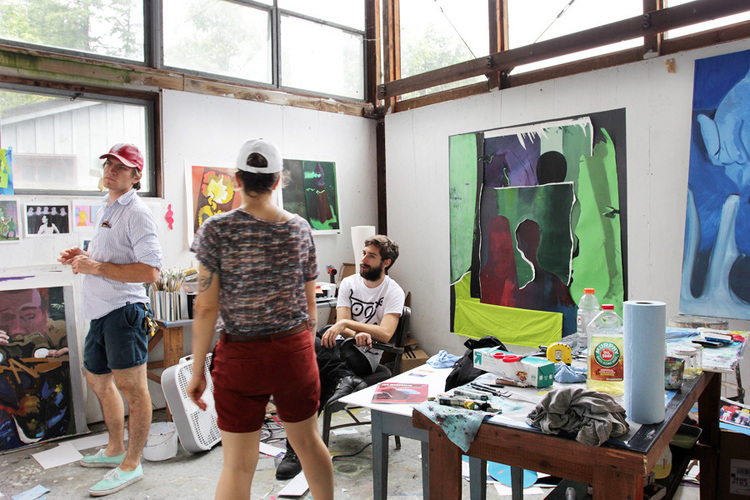
Residents in the studio space at Skowhegan. Image courtesy of Skowhegan School of Painting and Sculpture.
Among the cornerstones of international cultural exchange are American schools and residency programs. While colleges and universities continue to struggle under the realities of social distancing, and many residency programs are on hold entirely, those who run them are hopeful for, at least, a return to a less challenging time.
“My assumption is that things will go back to pre-Trump levels of difficulty in terms of securing visas for artists, which is largely fine,” says Sarah Workneh, co-director of the Skowhegan School of Painting and Sculpture. “But then pre-Trump ‘normal’ didn’t really acknowledge or accommodate artists coming to the States for reasons outside of formal schooling or project presentation, or recognize what it means to be an emerging artist as opposed to an established artist.”
The existing visas often require applicants, especially those from non-European countries, she says, to have considerable resources at home, which shows they’re likely to return rather than overstay. Many emerging artists are without such affluence, especially those from less wealthy nations.
Nearly half a million college students in the U.S. (about two percent of all students in the country, by one estimate) are covered under DACA, and immigrant students are required to have student visas, so Biden’s policies will profoundly affect art schools, says Deborah Obalil, executive director of the Association of Independent Colleges of Art and Design, which boasts some of North America’s top academies as members.
“The promise of American higher education has in many ways been our calling card as a country,” she said. “When that was hampered, it had significant impacts across higher education.”
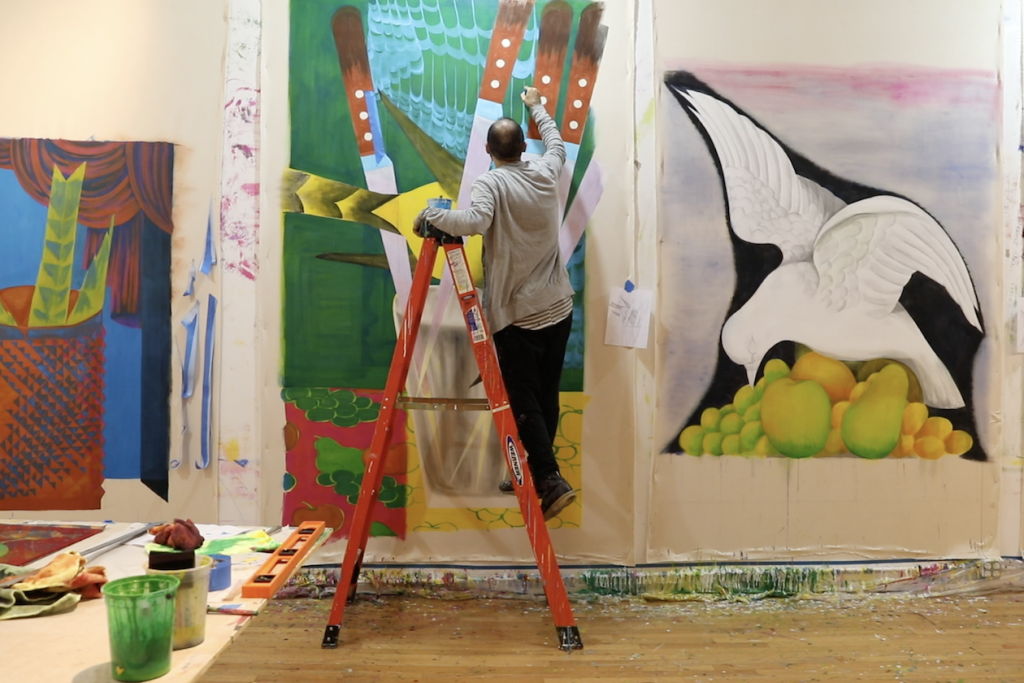
Iman Raad at his studio at the Queens Museum Studio Program. Photo Heryte Tequame, courtesy Queens Museum.
Trump’s numerous travel bans effectively locked out millions of travelers and immigrants. Some artists whose lives were thrown into turmoil by Trump’s so-called Muslim ban, a prohibition on entry to the US from several majority-Muslim countries, managed to stay in the U.S.
Iranian artist Iman Raad’s situation was delicate when the ban was initiated. He was here on a student visa, and embarked on the long process of applying to stay in the country. “The whole process of residentship and traveling is stressful, because you go through several gates with uncertainty,” he said. “One person, like an officer in an airport or in an embassy, can change your destiny forever based on their decision.”
Raad’s story has a happy ending. He ultimately obtained a green card after his EB-1 visa application was approved, and he just had a solo show at New York gallery Sargent’s Daughters. Now, he looks forward to life after a president who had such antipathy toward his homeland.
“What’s definitely going to change is that many Iranian artists on student (F1) and artist visas (O1) will be able to travel for work or to see their families and to come back without fear, and parents and grandparents can come to the U.S. to visit,” Raad said. “I know Iranian artists who lost opportunities or missed their exhibitions opening abroad, or friends who have had babies but whose parents, until now, couldn’t come to see them because of the travel ban.”
But even some artists whose countries were on the banned list, and who consider themselves lucky to be able to stay in America, have the plight of their families back home to worry about.
Syrian artist Rashwan Abdelbaki arrived in the U.S. on a J-1 visa courtesy of the Institute of International Education’s Artist Protection Fund just before Trump took office. He’s working on a series of artworks about the three-year process of obtaining a green card, during which time he felt terribly isolated, unable to work, to see his family, or to attend exhibitions of his own work around the world for fear of being unable to return. Now he’s even secured membership in an artists’ union for set painters.
But while he was as relieved as anyone when Biden lifted the travel bans, he, too, sees a need for less expensive and cumbersome application processes. “Do you think anyone crosses the border illegally if they can carry the cost for the visa fees?” he said. “It’s so expensive. If you give people an affordable way, no one will put their lives in danger crossing the border illegally.”